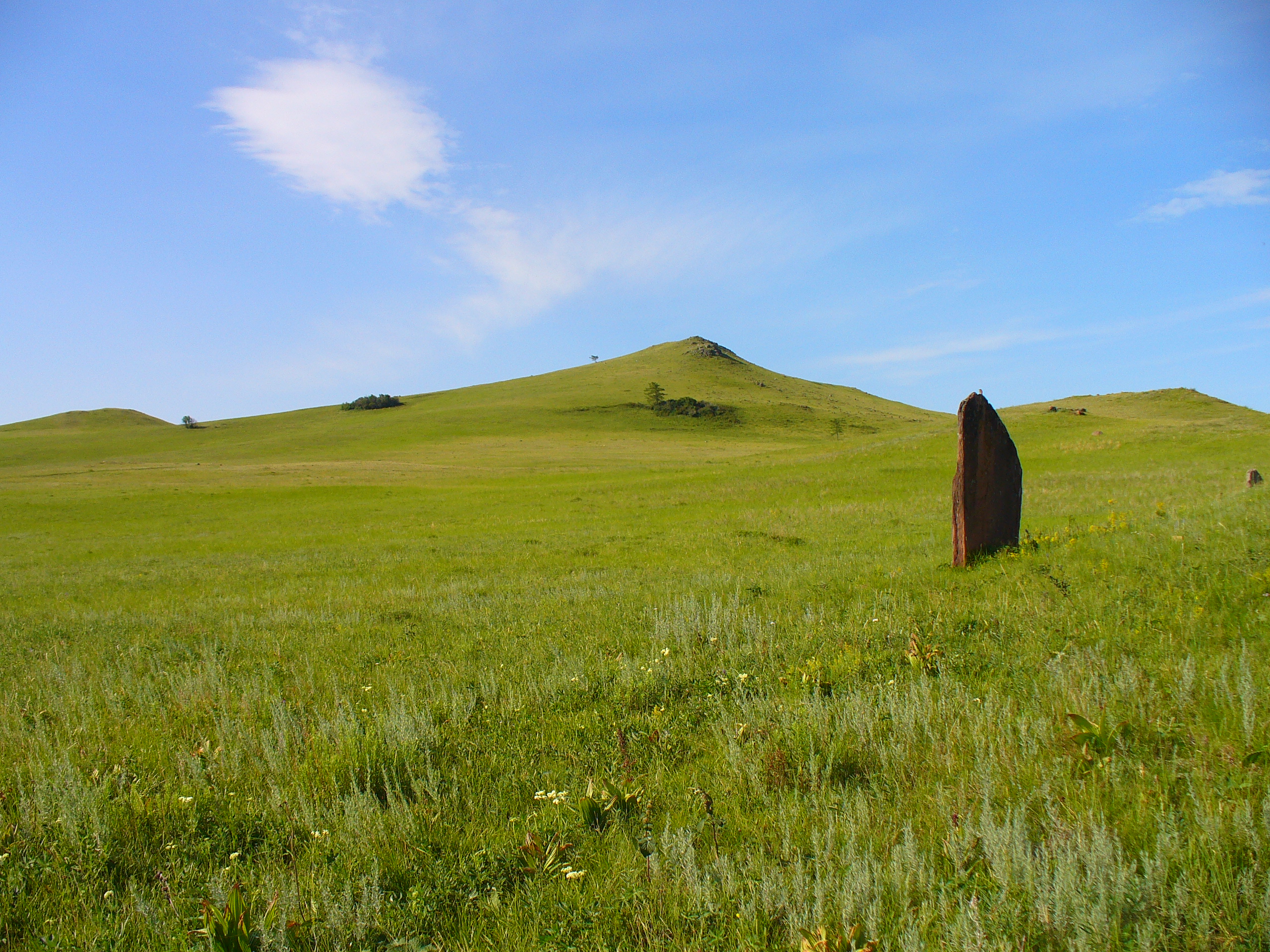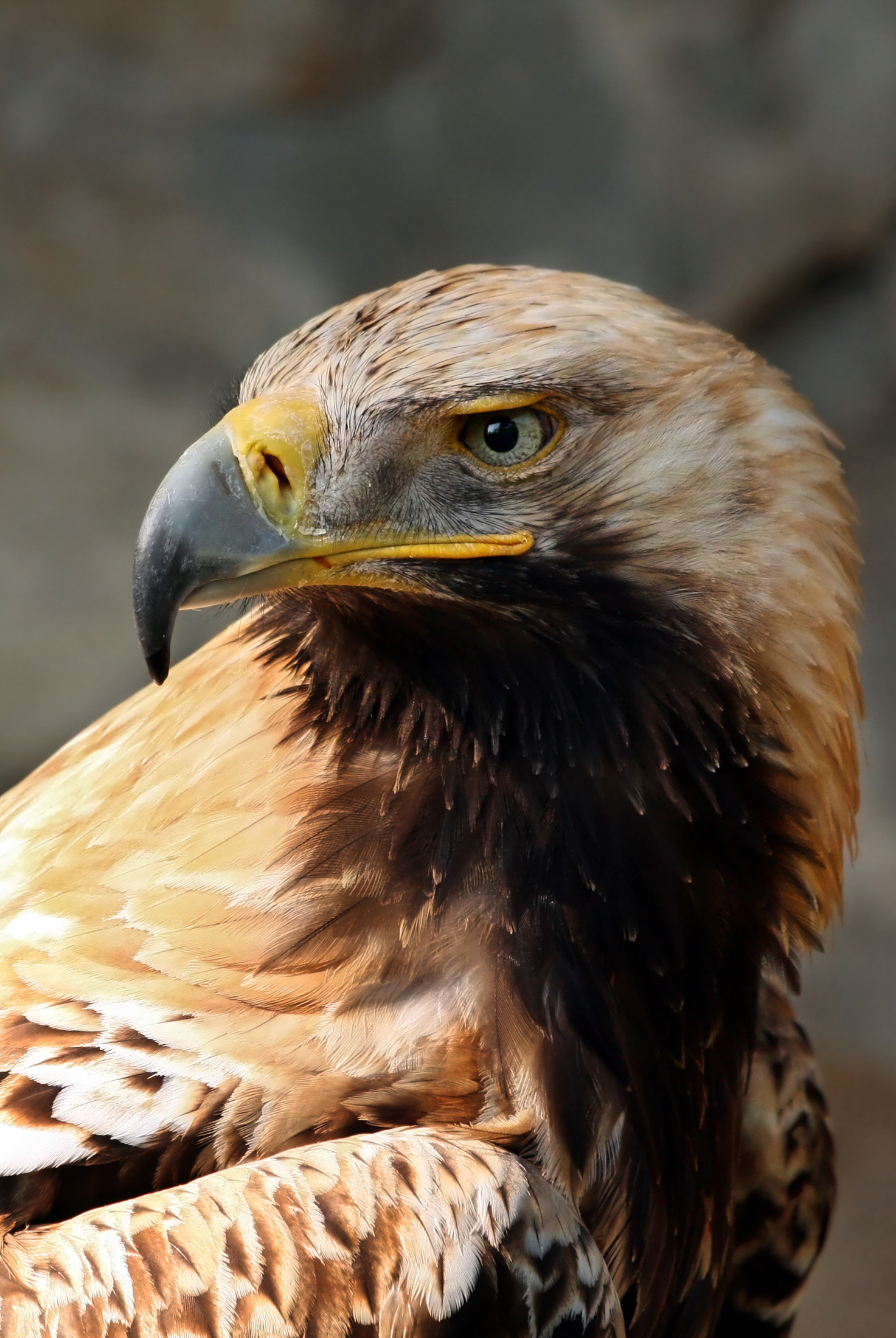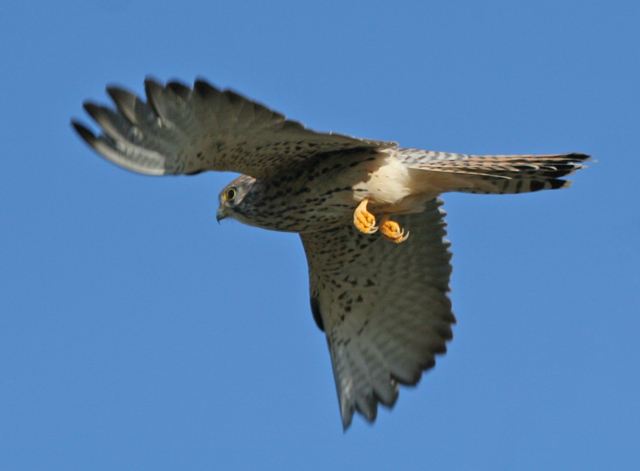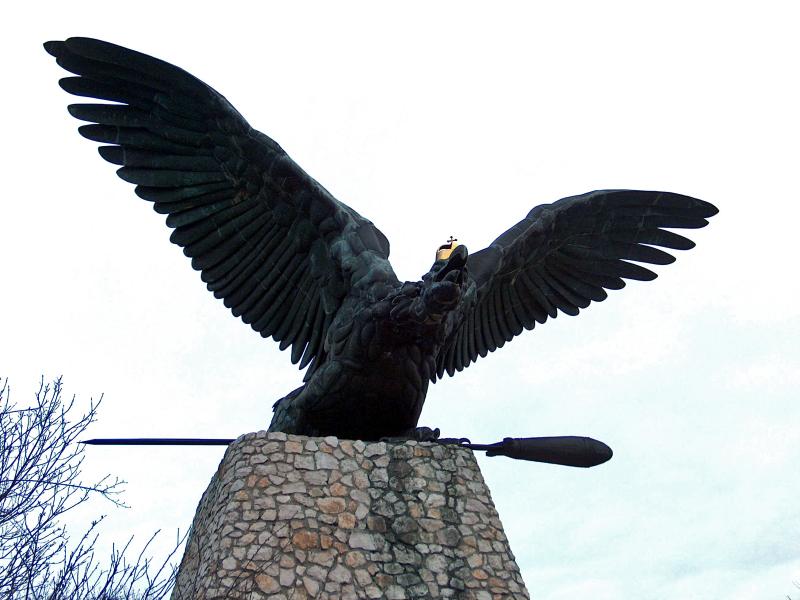|
Sunduki Mountain Range
The mountain range Sunduki is a natural and historical monument of local significance in the Ordzhonikidzevsky and Shirinsky districts of the Republic of Khakassia, Russia. Since June 18, 2011, the Sunduki museum has been operating on the territory of the mountain range. Etymology russian: Горная гряда Сундуки, lit= The mountain range of Chests (furniture), translit= Gornaya gryada Sunduki ; kjh, Сундухтар, lit=plural of Chest (furniture), translit= Sundukhtar. kjh, Све Tағ, lit=Fortress Mountain, translit=Sve Takh (Sve Tag); Khakas: ''Онло Tағ'', romanized: ''Onlo Takh (Onlo Tag)'', lit. 'Onlo Mountain' Description The mountain range has a total area of 2100 hectares, stretching from south to north. It is the foothills continuation of the Efremkinsky ridge of the spurs of the Kuznetsk Alatau in the valley of the Bely Iyus river. The ridge consists of five separate mountain-remnants or buttes up to 200 meters high. The ridge got it ... [...More Info...] [...Related Items...] OR: [Wikipedia] [Google] [Baidu] |
Khakassia
Khakassia (russian: Хакасия; kjh, Хакасия, Хакас Чирі, ''Khakasiya'', ''Khakas Çiri''), officially the Republic of Khakassia (russian: Республика Хакасия, r=Respublika Khakasiya, ; kjh, Хакас Республиказы, tr. ''Khakas Respublikazy''), is a federal subject (a republic) of Russia. Its capital city is Abakan, which is also the largest city in the republic. As of the 2010 Census, the republic's population was 532,403. Geography The republic is located in the southwestern part of Eastern Siberia and borders Krasnoyarsk Krai in the north and east, the Tuva Republic in the southeast and south, the Altai Republic in the south and southwest, and Kemerovo Oblast in the west and northwest. It stretches for from north to south and for from east to west. Mountains (eastern slopes of Kuznetsk Alatau and the Abakan Range) cover two-thirds of the republic's territory and serve as the natural boundaries of the republic. The hig ... [...More Info...] [...Related Items...] OR: [Wikipedia] [Google] [Baidu] |
Plant Community
A plant community is a collection or association of plant species within a designated geographical unit, which forms a relatively uniform patch, distinguishable from neighboring patches of different vegetation types. The components of each plant community are influenced by soil type, topography, climate and human disturbance. In many cases there are several soil types present within a given plant community. This is because the soil type within an area is influenced by two factors, the rate at which water infiltrates or exits (via evapotranspiration) the soil, as well as the rate at which organic matter (any carbon-based compound within the environment, such as decaying plant matter) enters or decays from the soil. Plant communities are studied substantially by ecologists, due to providing information on the effects of dispersal, tolerance to environmental conditions, and response to disturbance of a variety of plant species, information valuable to the comprehension of various plant ... [...More Info...] [...Related Items...] OR: [Wikipedia] [Google] [Baidu] |
Tagar Culture
The Tagar culture (russian: Тагарская культура, Tagarskaya kul'tura) was a Bronze Age archeological culture which flourished between the 8th and 2nd centuries BC in South Siberia (Khakassia, Republic of Khakassia, southern part of Krasnoyarsk Krai, Krasnoyarsk Territory, eastern part of Kemerovo Oblast, Kemerovo Province). The culture was named after an island in the Yenisei River opposite Minusinsk. The civilization was one of the largest centres of bronze-smelting in ancient Eurasia. History The Tagar culture was preceded by the Karasuk culture. They are usually considered a mixed population descended from peoples of the Afanasievo culture and Andronovo culture, who were themselves descended of migrants from the Pontic–Caspian steppe. The Tagar were part of the wider Scythian cultures. Along with the people of the Pazyryk culture, the Tagar are often considered to have constituted the core of the Scythian cultures. The Tagar culture was succeeded by the Tashtyk ... [...More Info...] [...Related Items...] OR: [Wikipedia] [Google] [Baidu] |
Petroglyph
A petroglyph is an image created by removing part of a rock surface by incising, picking, carving, or abrading, as a form of rock art. Outside North America, scholars often use terms such as "carving", "engraving", or other descriptions of the technique to refer to such images. Petroglyphs are found worldwide, and are often associated with prehistoric peoples. The word comes from the Greek prefix , from meaning "stone", and meaning "carve", and was originally coined in French as . Another form of petroglyph, normally found in literate cultures, a rock relief or rock-cut relief is a relief sculpture carved on "living rock" such as a cliff, rather than a detached piece of stone. While these relief carvings are a category of rock art, sometimes found in conjunction with rock-cut architecture, they tend to be omitted in most works on rock art, which concentrate on engravings and paintings by prehistoric or nonliterate cultures. Some of these reliefs exploit the rock's nat ... [...More Info...] [...Related Items...] OR: [Wikipedia] [Google] [Baidu] |
Steppe Eagle
The steppe eagle (''Aquila nipalensis'') is a large bird of prey. Like all eagles, it belongs to the family Accipitridae. The steppe eagle's well-feathered legs illustrate it to be a member of the subfamily Aquilinae, also known as the "booted eagles".Helbig, A. J., Kocum, A., Seibold, I., & Braun, M. J. (2005). ''A multi-gene phylogeny of aquiline eagles (Aves: Accipitriformes) reveals extensive paraphyly at the genus level''. Molecular phylogenetics and evolution, 35(1), 147–164. This species was once considered to be closely related to the bird migration, sedentary tawny eagle (''Aquila rapax'') and the two forms have previously been treated as Biological specificity, conspecific. They were split based on pronounced differences in morphology and anatomy; two molecular studies, each based on a very small number of genes, indicate that the species are distinct but disagree over how closely related they are. The steppe eagle is in many ways a peculiar species of eagle. It is a ... [...More Info...] [...Related Items...] OR: [Wikipedia] [Google] [Baidu] |
Horned Owl
The American (North and South America) horned owls and the Old World eagle-owls make up the genus ''Bubo'', at least as traditionally described. The genus name ''Bubo'' is Latin for the Eurasian eagle-owl. This genus contains 19 species that are found in many parts of the world. Some of the largest living Strigiformes are in ''Bubo''. Traditionally, only owls with ear-tufts were included in this genus, but that is no longer the case. Taxonomy The genus ''Bubo'' was introduced in 1805 by the French zoologist André Duméril for the horned owls. The type species is the Eurasian eagle-owl. The word ''bubo'' is Latin for the Eurasian eagle owl and was used as the specific epithet for the species by Carl Linnaeus in 1758. A molecular phylogenetic study published in 2019 found that species in the genera ''Scotopelia'' and ''Ketupa'' were embedded within the clade containing members of the genus ''Bubo''. Thus, the genus ''Bubo'' as currently defined is paraphyletic. Systematics ... [...More Info...] [...Related Items...] OR: [Wikipedia] [Google] [Baidu] |
Eastern Imperial Eagle
The eastern imperial eagle (''Aquila heliaca'') is a large bird of prey that breeds in southeastern Europe and extensively through West and Central Asia. Most populations are migratory and winter in northeastern Africa, the Middle East and South and East Asia. Like all eagles, the eastern imperial eagle is a member of the family Accipitridae. Furthermore, its well feathered legs mark it as a member of the subfamily Aquilinae. It is a large, dark-colored eagle, with a resemblance to other members of the genus '' Aquila'' but it is usually the darkest species in its range.Forsman, D. (1999). ''The raptors of Europe and the Middle East: a handbook of field identification''. London: T & AD Poyser. This is an opportunistic predator that mostly selects smallish mammals as prey but also a fairly large proportion of birds, reptile and other prey types, including carrion. Compared to other ''Aquila'' eagles, it has a strong preference for the interface of tall woods with plains and other op ... [...More Info...] [...Related Items...] OR: [Wikipedia] [Google] [Baidu] |
Lesser Kestrel
The lesser kestrel (''Falco naumanni'') is a small falcon. This species breeds from the Mediterranean across Afghanistan and Central Asia, to China and Mongolia. It is a summer bird migration, migrant, wintering in Africa and Pakistan and sometimes even to India and Iraq. It is rare north of its breeding range, and declining in its European range. The genus name derives from Late Latin ''falx'', ''falcis'', a sickle, referencing the claws of the bird, and the species name commemorates the German naturalist Johann Friedrich Naumann. Description It is a small bird of prey, in length with a wingspan. It looks very much like the larger common kestrel but has proportionally shorter wings and tail. It shares a brown back and barred grey underparts with the larger species. The male has a grey head and tail like male common kestrels, but lacks the dark spotting on the back, the black Cheek, malar stripe, and has grey patches in the wings. The female and young birds are slightly paler ... [...More Info...] [...Related Items...] OR: [Wikipedia] [Google] [Baidu] |
Saker Falcon
The saker falcon (''Falco cherrug'') is a large species of falcon. This species breeds from central Europe eastwards across the Palearctic to Manchuria. It is mainly migratory except in the southernmost parts of its range, wintering in Ethiopia, the Arabian peninsula, northern Pakistan and western China. The saker falcon is the national bird of Hungary, the United Arab Emirates, and Mongolia. Taxonomy and systematics This species belongs to the close-knit hierofalcon complex. In this group, there is ample evidence for rampant hybridization and incomplete lineage sorting which confounds analyses of DNA sequence data to a massive extent; molecular studies with small sample sizes can simply not be expected to yield reliable conclusions in the entire hierofalcon group. The radiation of the entire living diversity of hierofalcons seems to have taken place in the Eemian interglacial at the start of the Late Pleistocene, a mere 130,000–115,000 years ago; the saker falcon represents ... [...More Info...] [...Related Items...] OR: [Wikipedia] [Google] [Baidu] |
Peregrine Falcon
The peregrine falcon (''Falco peregrinus''), also known as the peregrine, and historically as the duck hawk in North America, is a Cosmopolitan distribution, cosmopolitan bird of prey (Bird of prey, raptor) in the family (biology), family Falconidae. A large, Corvus (genus), crow-sized falcon, it has a blue-grey back, barred white underparts, and a black head. The peregrine is renowned for its speed, reaching over during its characteristic hunting stoop (high-speed dive), making it the fastest bird in the world, as well as the Fastest animals, fastest member of the animal kingdom. According to a ''National Geographic (U.S. TV channel), National Geographic'' TV program, the highest measured speed of a peregrine falcon is . As is typical for avivore, bird-eating raptors, peregrine falcons are Sexual dimorphism, sexually dimorphic, with females being considerably larger than males. The peregrine's breeding range includes land regions from the Arctic tundra to the tropics. It can b ... [...More Info...] [...Related Items...] OR: [Wikipedia] [Google] [Baidu] |
Dryas (plant)
''Dryas'' is a genus of perennial cushion-forming evergreen dwarf shrubs in the family Rosaceae, native to the arctic and alpine regions of Europe, Asia and North America. The genus is named after the dryads, the tree nymphs of ancient Greek mythology. The classification of ''Dryas'' within the Rosaceae has been unclear. The genus was formerly placed in the subfamily Rosoideae, but is now placed in subfamily Dryadoideae. The species are superficially similar to ''Geum'' (with which they share the common name avens), ''Potentilla'', and ''Fragaria'' (strawberry). However, ''Dryas'' are distinct in having flowers with ''eight'' petals (rarely seven or up to ten), instead of the five petals found in most other genera in the Rosaceae. The flowers are erect and white with a yellow centre (''Dryas integrifolia'', ''Dryas octopetala'') or pendulous and all-yellow ('' Dryas drummondii''), and held conspicuously above the small plants. This makes them very popular in rockeries and alpine ... [...More Info...] [...Related Items...] OR: [Wikipedia] [Google] [Baidu] |
Cypripedium Macranthos
''Cypripedium macranthos'', the large-flowered cypripedium, is a species of orchid. It is native to Belarus, Russia ( European Russia and Siberia), Mongolia, Japan, Korea, Taiwan and China (Hebei, Heilongjiang, Jilin, Liaoning, Nei Mongol Inner Mongolia, officially the Inner Mongolia Autonomous Region, is an autonomous region of the People's Republic of China. Its border includes most of the length of China's border with the country of Mongolia. Inner Mongolia also accounts for a ..., Shandong). References External links * * macranthos Orchids of China Orchids of Japan Orchids of Korea Orchids of Taiwan Orchids of Russia Plants described in 1800 {{Cypripedioideae-stub Terrestrial orchids Taxa named by Olof Swartz ... [...More Info...] [...Related Items...] OR: [Wikipedia] [Google] [Baidu] |







